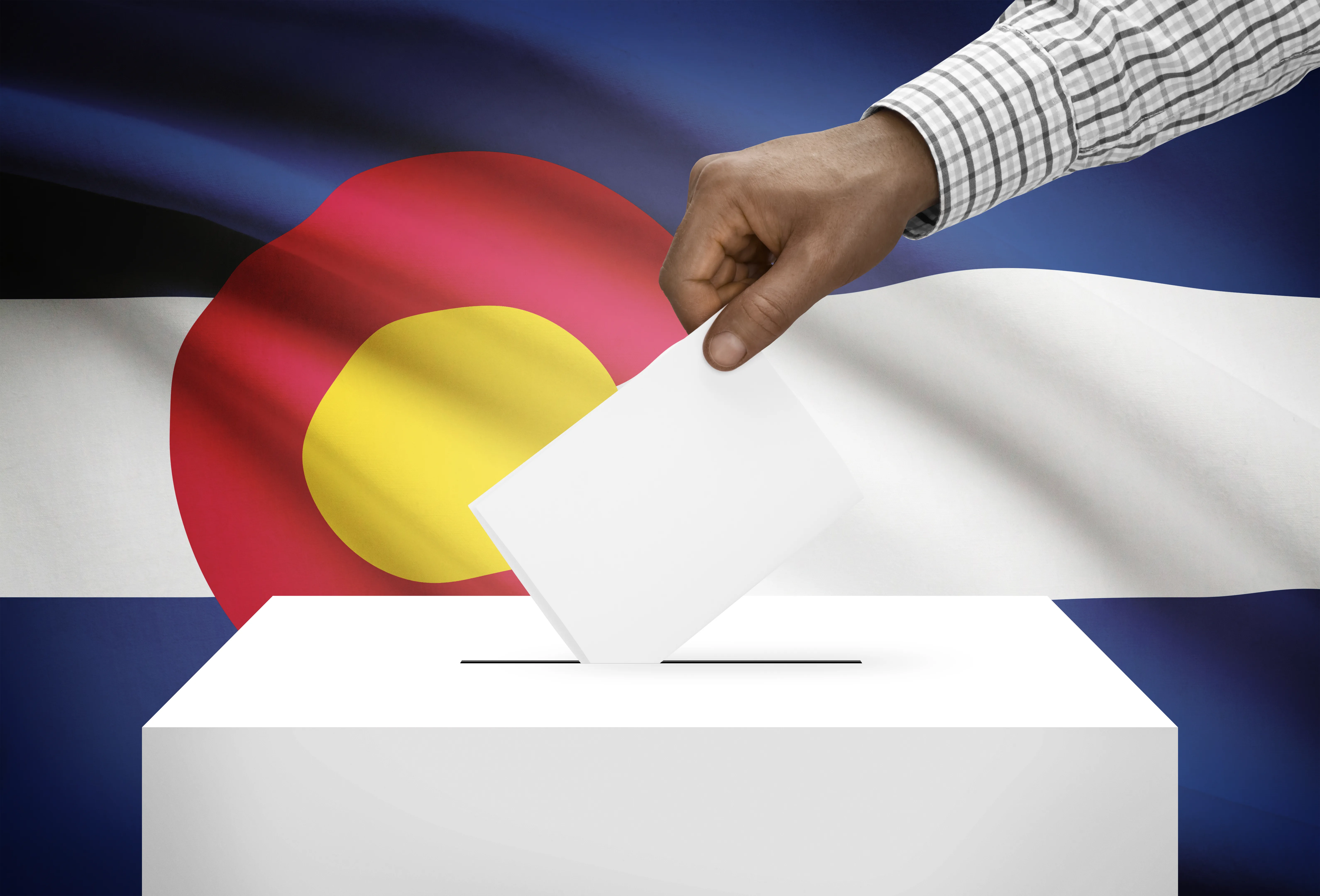
Mark Hillman’s Capitol Review - tough choices ahead for Colorado Republicans
Colorado’s 2018 midterm election was an across-the-board smackdown to Republicans. Democrats won every statewide office for the first time in 80 years and gained their largest legislative majority since 1958.
In several local elections, voters rejected Republicans and chose Democrats who were either manifestly unqualified or incredibly outside the mainstream.
Shell-shocked Republicans are asking, “Want went wrong?” The answers may not be what Republicans want to hear.
First, a little good news: Coloradans do not want to pay more taxes.
Voters rejected a $1.6 billion tax increase for education by 53%-46%, while ranking education as one of their priorities. A sales tax hike for transportation fared even worse, failing 59%-40%.
For Republicans, that’s where the good news ends.
Comparing 2018 to 2014 is instructive. While 2014 was a Republican wave election nationwide, results in Colorado were mixed. Republicans won the U.S. Senate with Cory Gardner (by less than 40,000 votes); lost the Governor’s race (by 68,000); elected the Secretary of State, Attorney General, and Treasurer; gained a one-vote majority in the State Senate; and fell two seats short in the State House.
In 2018, 28,200 more Republican voters turned out than in 2014. However, Democrat (up 157,698) and unaffiliated (up 256,140) turnout surged.
In 2014, Republicans cast 110,000 more ballots than Democrats and accounted for 37% of all voters. In 2018, Republicans accounted for only 31% of all voters, and Democrats cast 46,000 more ballots.
For the first time, more ballots were cast by unaffiliated voters (UAVs) than by either party. To win in that environment, Republicans must be attractive to UAVs. Unfortunately, UAVs in Colorado have been trending Democrat for several elections and did so even more decisively in 2018.
In 2012, 60% of UAVs preferred Barack Obama over Mitt Romney. In 2016, 62% of UAVs preferred Hillary Clinton over Donald Trump.
Historically, a significant portion of UAVs are “ticket-splitters” – voting for some Democrats and some Republicans. In 2014, John Hickenlooper won 68% of UAVs. However, Republican Cynthia Coffman won 58% in the race for Attorney General.
Based on that model, 28% of UAVs were ticket splitters in 2014, but in 2018, only 7% split their votes. Jared Polis won UAVs by 65%-35%, while the leading statewide Republican, Attorney General candidate George Brauchler, lost UAVs 58%-42%.
Most unaffiliated voters were sending a message to Republicans, and it obviously wasn’t about taxes. The hard and fast message is that unaffiliated voters in Colorado are animated by their dislike for Donald Trump.
To be sure, UAVs are not all alike. In Pueblo County, Hillary Clinton received fewer votes than the number of Democrat ballots cast. The same thing happened in 14 other rural counties. Meanwhile, in Park, Jackson and Hinsdale counties, more Republicans voted than the total for Trump.
Along the rest of the Front Range, home to 80% of Colorado voters, the story is different. Only in Weld County did UAVs vote for Trump (59%) in 2016 and for Republicans in 2018. Sobering numbers come from Republican strongholds. Clinton won 53% of UAVs in El Paso; Polis won 60%. In Douglas, Clinton won 72%; Polis 64%.
Elsewhere, Polis racked up 82% of UAVs in Boulder, 80% in Denver, 71% in Larimer and 68% in Arapahoe.
Magellan Strategies, a Colorado-based Republican polling firm, found that 62% of Colorado UAVs disapprove of Trump – 48% strongly disapprove. Two years ago, UAVs slightly disapproved of both parties, but by 2016, they approved of Democrats 45%-31% but resoundingly disapproved of Republicans, 25%-53%.
A Magellan analysis of 2016 explains why Colorado is different from Michigan and Wisconsin, “purple” states where Trump won. In those states, Trump out-performed Mitt Romney’s 2012 numbers in several large counties where the economy was struggling, whereas he under-performed Romney in Colorado’s largest counties. The strength of Colorado’s economy seems to work against Trump, but also explains why Trump Adams and Pueblo counties were more receptive.
Republicans face no easy options. The party is overwhelmingly loyal to Trump, and though Republicans defend him, swing voters judge for themselves based upon what he says and does.
That Trump will change his tactics appears no more likely than suburban swing voters suddenly changing their minds.


















